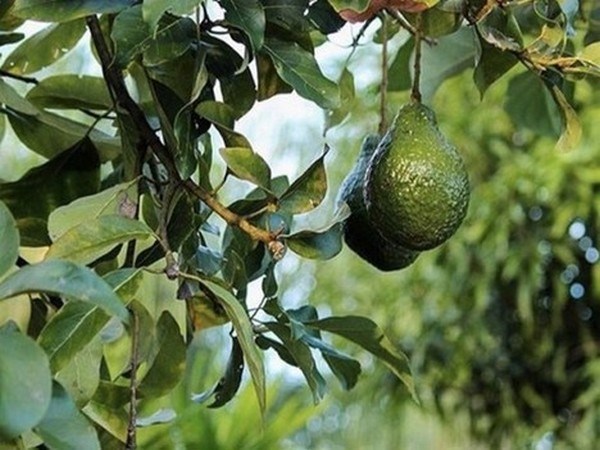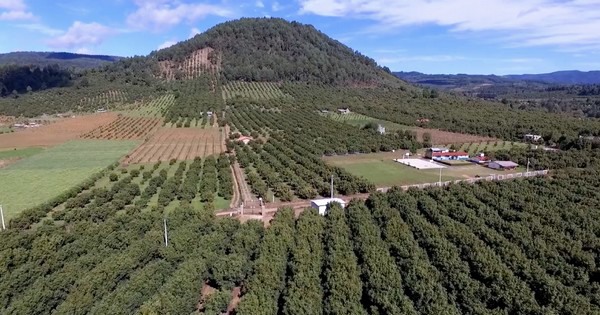Supplies of avocados are currently available from multiple regions--Mexico, Chile, Colombia and the Dominican Republic. Though David Billings of Stonehill Produce Inc. notes that last year at this time, Mexico was slightly more dominant in its supplies.
“This year, Peru had an incredible campaign. The Mexican crop last season ran out of gas suddenly and with some time left on the clock; then, Peru came in,” he says, noting that California had also been supplying product at that time. “Peru filled that gap very nicely and stuck around. There’s still Peruvian fruit in the marketplace even though there’s very little on the water.”
That event has, in turn, opened up the opportunity for both retail and foodservice to hedge against Mexico, which it currently continues to do. “Normally this is a 100 percent Mexican period of time,” says Billings. “On inventory, Mexico is hovering around 90 percent with a normal to large crop.” That is quite a difference from what growers and shippers were dealing with last year. “That’s when we had a more challenging crop. There was plenty of fruit at the time, but it was much more complex in terms of finding sizes and quality. This year, no problem,” he says.

Inelasticity at work
As for demand, Billings notes it’s fairly flat. Even with prices climbing throughout the second half of the Mexican season earlier this year--particularly so in May and June--demand held up. One potential factor could have been COVID in that consumers were searching for healthy foods and in turn, that has helped build avocados into a daily or weekly essential item for a segment of consumers. “Prices at one point were double what they were the year before and consumption declined maybe 15 percent. There was definitely a degree of inelasticity at work,” Billings says.
Right now though, consumers are increasingly focused on seasonal, often Thanksgiving-related commodities. “So lowering the shelf price of avocados--what’s going to happen? People are thinking about Thanksgiving and there is nothing to draw their attention to avocados,” he says, adding that on ad, avocado pricing has come down but everyday shelf prices have stayed relatively high. “The positive side of inelastic demand is the price goes up, you continue to sell. But as the price goes down, you’re not selling that much more.”

The role of lead time
Lead time is also a factor here. Billings notes associations such as Avocados from Mexico have been working to promote the reliability, promotability and overall stability of Mexican avocados. “That said, it’s going to be 30 or even 60 days out before we see any kind of real aggressive buy-in on increased promotion, reduced shelf pricing, etc.,” he says.
Looking ahead, Billings does expect the commodity to gain traction. “As we get into November, especially past Thanksgiving, avocados represent a promotional opportunity that could be very profitable and it’s budget worthy for sure,” he says. “But if the change in velocity won’t offset the change in price, where’s the motivation? That’s what everyone’s grappling with right now.”
 For more information:
For more information:
Keith Slattery
David Billings
Stonehill Produce Inc.
Tel: +1 (949) 488-9613
slattery@stonehillproduce.com
billings@stonehillproduce.com
www.stonehillproduce.com
